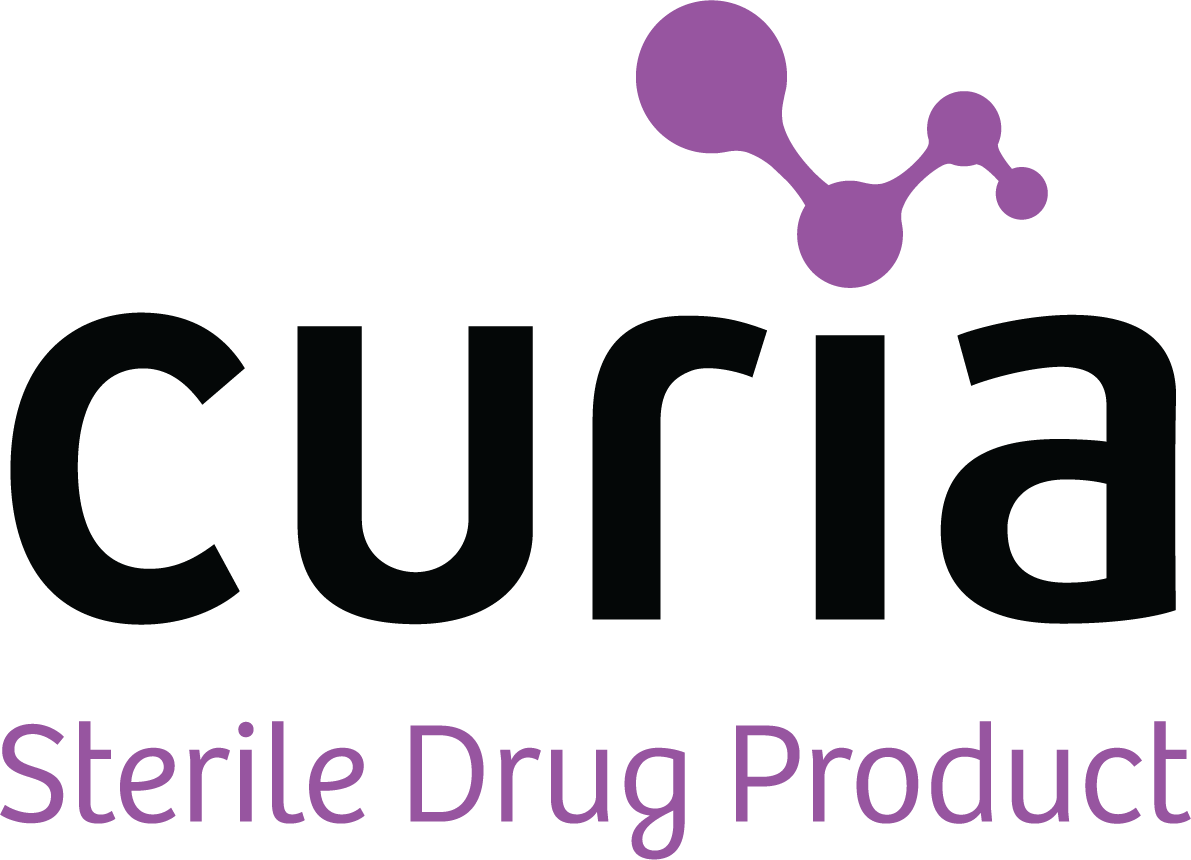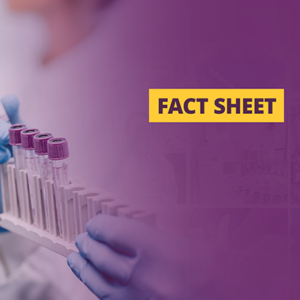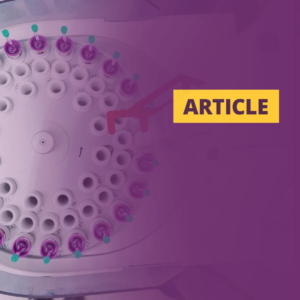Drug Product Development
From formulation to process, Curia’s network of experts in parenteral development can help successfully bring your product to market.
Formulation Development
Curia’s Drug Product team has decades of experience developing sterile injectable formulations. Formulation scientists work closely with our clients to deliver efficient and pragmatic approaches that are tailored to each individual program and molecule. The ultimate goal of creating a safe and effective drug product, while meeting target product profiles and program timelines, is a strength for Curia’s formulation teams.
Analytical Method Development & Validation
Our highly skilled method development scientists are primed and ready to help you reach your next development milestone. With a range of advanced analytical technologies and innovative instrumentation, we are skilled in developing efficient, accurate, and reliable analytical methods.
Phase appropriate validation in line with your product development ensures regulatory compliance and efficiency at every stage.
Process Development & Technology Transfer
Our cross-functional team of formulation scientists, process engineers and manufacturing specialists combine bringing a wealth of functional expertise into a consolidated approach to facilitate the clinical to commercial pathway navigation.





